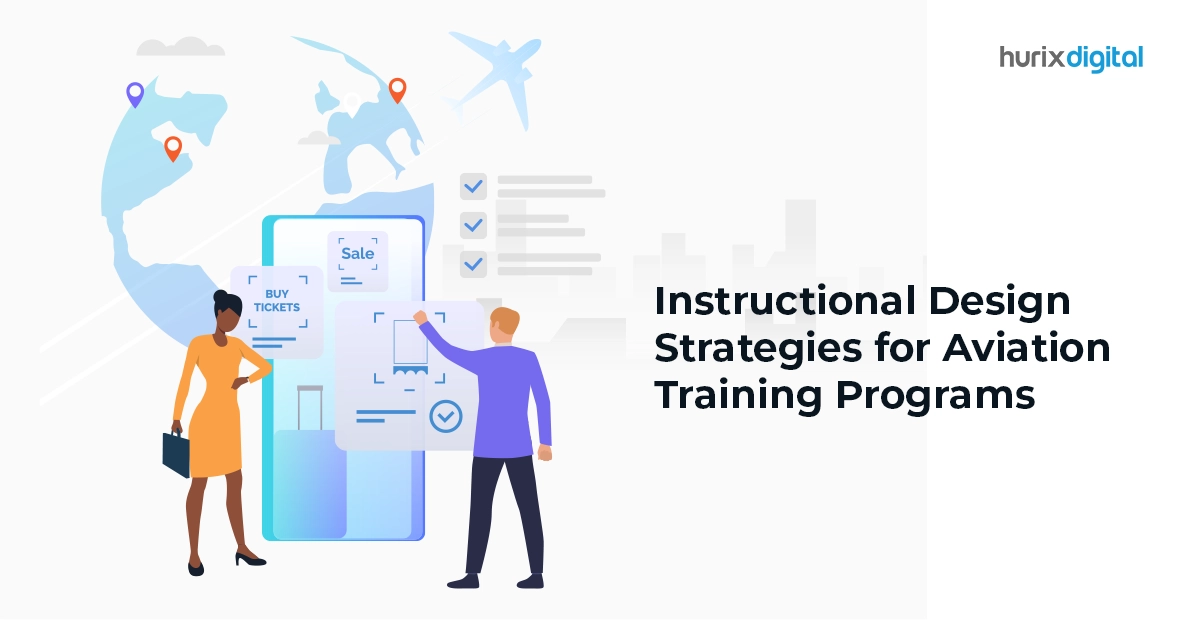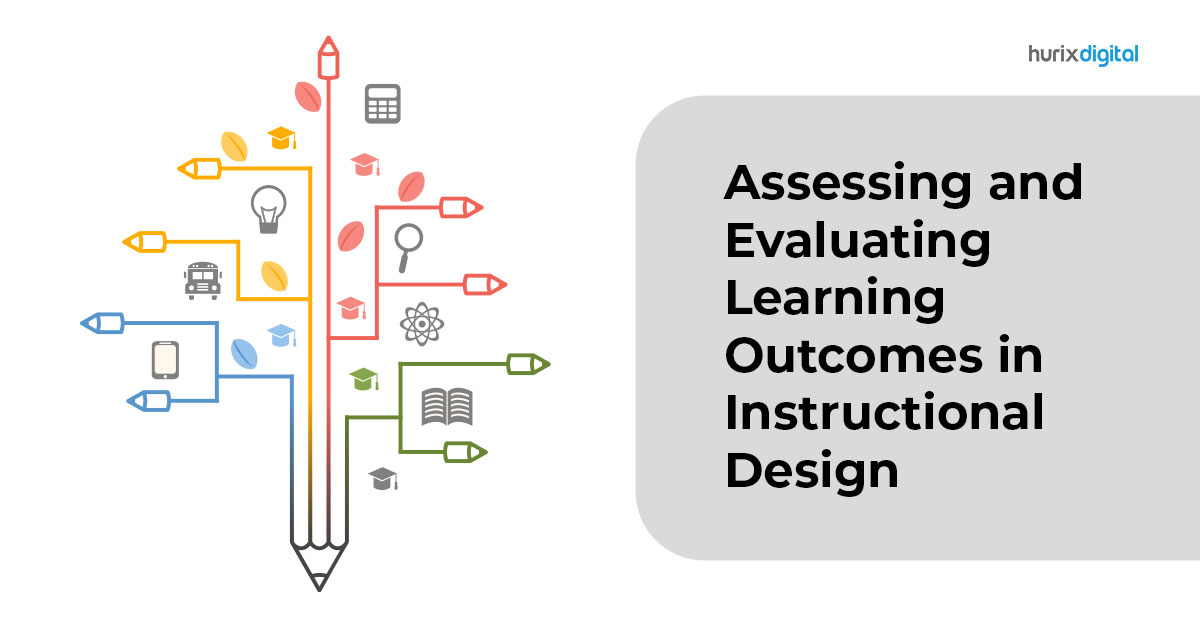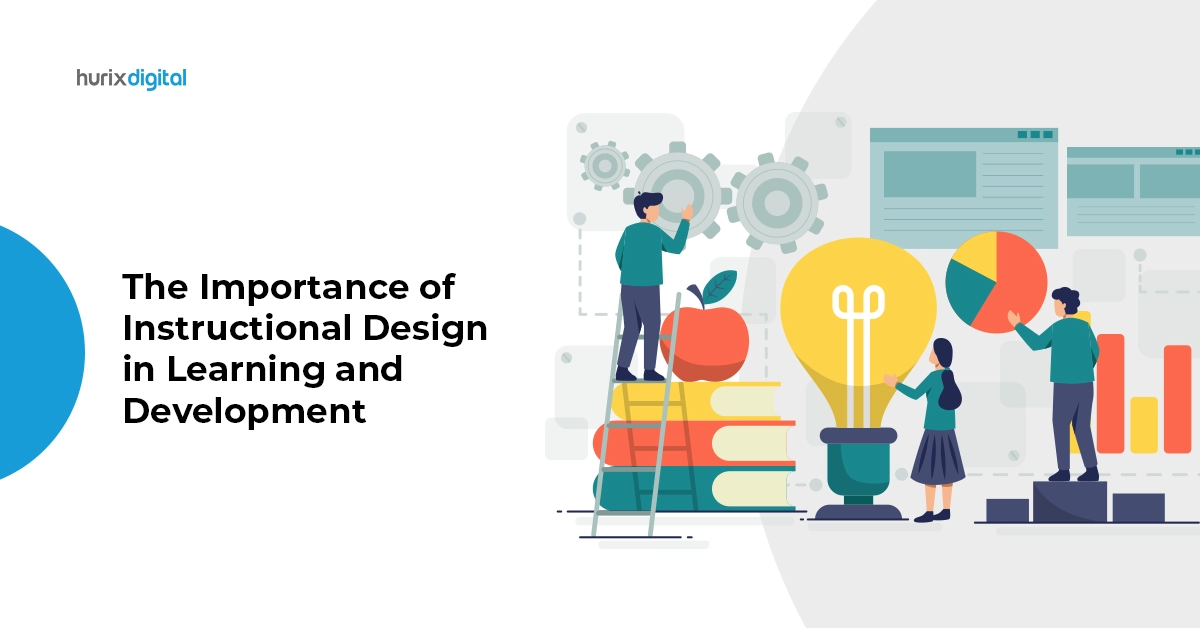
Instructional Design Strategies for Aviation Training Programs
Summary
This blog examines instructional design approaches for aviation training programs. It focuses on creating effective training experiences by integrating simulations, practical exercises, and adaptive learning techniques.
Effective aviation training programs are important for ensuring safety and efficiency in the aircraft business. Instructional design evaluation is vital in building successful training programs that prepare flight workers with the necessary information, skills, and safety-centric attitudes.
This article analyzes the effects of aviation training programs through educational design evaluation. By reviewing new educational design trends, principles, models, and methods for measuring the usefulness of training programs, this article aims to provide insights into improving aviation training to improve safety, performance, and total corporate success.
Table of Contents:
- Understanding Instructional Design Trends in Aviation Training
- Principles of Instructional Design
- Instructional Design Models for Aviation Training
- Evaluating the Effectiveness of Aviation Training Programs
- Challenges and Considerations
- Conclusion
Understanding Instructional Design Trends in Aviation Training
The aviation industry has experienced a significant change in educational design trends, driven by the fast improvements in new technologies. Virtual reality (VR) and augmented reality (AR) are getting ground in aviation training tools, allowing pilots to practice realistic situations without the risks involved in live trips.
The COVID-19 outbreak has further sped remote and online training as aviation companies adapt to the changing environment. Thus, they must improve their educational design methods to stay competitive and ensure safety.
Adapting to the needs of a changing business is vital, as it allows training programs to prepare flight workers for the difficulties they may face successfully. By adding new technologies, such as VR and AR, and adopting remote and online training methods, educational designers can create realistic, engaging, and approachable learning experiences that improve knowledge recall and skill development.
Staying ahead of the curve in instructional design trends is important for the airline industry to maintain its high safety and efficiency standards.
Read EXCLUSIVE: Hurix Mini-Book: Effective Training Techniques For Enterprises With Distributed Workforce
Principles of Instructional Design
Effective teaching of instructional design models in aviation training programs is based on several key concepts. A learner-centered approach is vital, ensuring that the training material and delivery methods cater to the unique wants and desires of the target audience.
Aligning learning objectives with the overall training goals helps keep a clear focus and ensures the program gets its intended results. Incorporating active learning models, such as exercises, case studies, and hands-on practice, becomes vital for the training.
These methods involve pupils, promote data retention, and allow the application of skills in realistic situations. Additionally, offering helpful feedback and adding thorough evaluation methods enable learners to rate their success, find areas for growth, and support the learning and development process.
By adhering to these principles, educational designers can create aviation training programs that are entertaining, effective and matched with the industry’s safety and efficiency requirements.
Instructional Design Models for Aviation Training
The aircraft business has adopted different educational design methods to build successful training programs.
1. ADDIE Model
One often-used framework that offers a methodical approach to building and enhancing learning opportunities is the ADDIE model (Analysis, Design, Development, Implementation, Evaluation). This approach supports thorough documentation at every level by enabling instructional design principles for creating consistent and successful training courses.
2. Rapid Prototyping Model
The quick development plan is another method well-suited for the fast-paced aircraft business. This model promotes the quick development and testing of prototypes, allowing for fast revisions and adaptations based on learner input.
3. Backward Design Model
The backward design model, which starts with the desired learning outcomes and then works backward to create the educational material and activities, can also be helpful in this context. This method ensures training matches the flight worker’s specific goals and skills.
The choice of the proper educational design model relies on the unique training needs, limitations, and goals of the aircraft firm. Remote instructional design planners must carefully evaluate the pros and cons of each model and pick the one that best fits the specific requirements of the training program.
Evaluating the Effectiveness of Aviation Training Programs
Maximizing the return on investment and guaranteeing ongoing progress depend on evaluating the success of aviation training programs. With its four stages of evaluation—Reaction, Learning, Behavior, and Results—the Kirkpatrick model offers a complete structure for evaluating training initiatives.
- At the Reaction level, educational planners can receive comments from trainees on the value, interest, and general happiness with the training.
- The Learning level measures growing knowledge, skills, and attitudes, often through pre and post-training assessments.
- The Behavior level examines the application of learned skills in the workplace, which is important in the aviation business, where safety-critical habits must be stressed.
- Finally, the Results level tracks the real benefits of training on key performance factors, such as better safety data, greater business efficiency, and cost savings.
By collecting and analyzing data from various sources, including polls, reviews, and performance measures, aviation companies can gain useful insights into the success of their training programs and make data-driven choices to improve them.
Challenges and Considerations
The aviation industry faces several key challenges and considerations when implementing new instructional design approaches. Navigating these obstacles is crucial for successfully adopting and integrating innovative training methods.
1. Overcoming Resistance to Change
The aviation industry can face reluctance to adopt new educational design approaches, as flight workers may be accustomed to traditional training methods. Instructional design trends must successfully explain the benefits of new technologies like virtual reality, and flexible learning to gain buy-in from stakeholders and solve this issue.
2. Ensuring Consistency and Standardization
Maintaining uniformity and standardization across different aviation training programs is important. With various training needs and standards within the industry, ensure a level of standardization in educational design to provide all learners with high-quality training. This can be particularly difficult when working with multiple training companies or widely separated training sites.
3. Addressing Unique Industry Needs
Instructional planners must also handle the unique needs and limitations of the aviation industry, such as strict safety rules, time-sensitive training plans, and the requirement for hands-on, scenario-based learning. Adapting instructional strategies for e-learning methods to meet these unique requirements is important for building effective and powerful aviation training programs.
Also Read: Inclusive Learning to Address the Diverse Needs in Workforce Development
Conclusion
By measuring the success of training programs, aviation companies can find areas for growth, optimize resource allocation, and ensure workers are equipped with the necessary skills. Considering educational design and training review is key to managing obstacles per industrial transformation.
Looking ahead, trends include increased uptake of virtual reality, flexible learning, and creative partnerships. All these need a culture of ongoing improvement to develop a skilled workforce that will drive the future of safe and efficient air travel.
Embrace instructional design evaluation to leverage aviation training and drive industry success with Hurix Digital. We analyze the effect of aviation training programs based on educational design crucial for improving safety, efficiency, and performance.
Connect with us to learn more about the impact of aviation training programs.

A highly enthusiastic and motivated sales professional with over twenty five years of experience in solution selling of training-related applications and services. Maintains an assertive and dynamic style that generates results. Ability to establish long-term relationships with clients built on trust, quality of service and strategic vision. Specializes in financial services, higher ed, publishing and government in the areas of learning and development.








